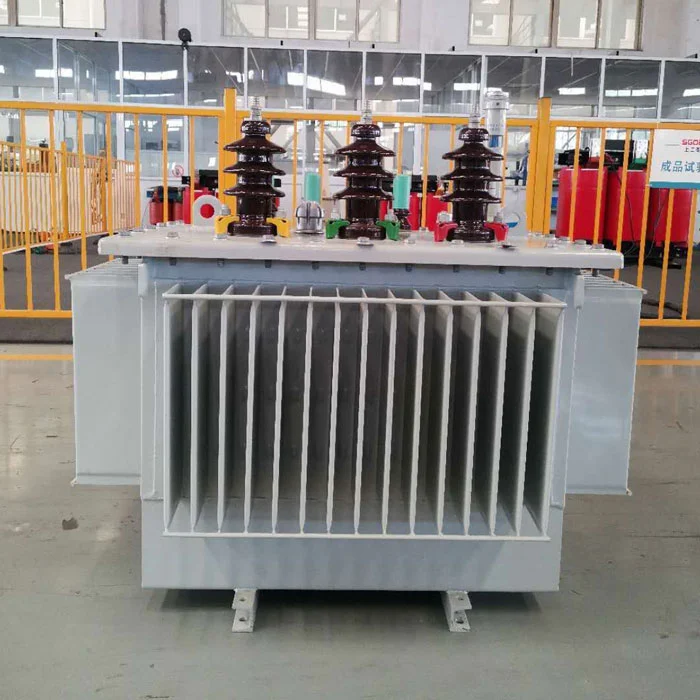
Oil immersed transformers use mineral oil as a medium to achieve the dual functions of insulation and heat dissipation. Its operating stability stems from the synergy between the physical properties of the liquid medium and the structural design.

The core and winding of oil immersed transformers are completely immersed in a sealed oil chamber, which makes the heat transfer have multi-path conduction characteristics, and the oil flow circulation forms a dynamic thermal balance through natural convection or forced pumping. This thermal management mechanism has a higher heat capacity reserve than the gas insulation system, which effectively delays the thermal aging rate of the insulation material under overload conditions.
The nonlinear characteristics of the dielectric strength of the insulating oil in oil immersed transformers with temperature need to be matched with the electric field distribution, and the geometric design of the oil channel spacing directly affects the partial discharge starting voltage threshold. The hygroscopic characteristics of the oil-paper composite insulation system form a moisture gradient isolation through the oil layer, delaying the hydrolysis process of the cellulose material. The arc energy generated by the fault current is decomposed and absorbed by the oil medium, and its gasification products are released in a direction through the pressure release device. This energy dissipation mechanism enhances the system's impact resistance.
The elastic compensation structure of the sealing system can adapt to the expansion and contraction of the oil volume with temperature changes, preventing the frequent operation of the respirator from introducing external pollutants. The viscosity temperature coefficient characteristics of the oil increase the flow resistance during low-temperature startup, and the linkage control with the heating device maintains the working efficiency of the oil pump. The sedimentation rate of suspended particles in the oil and the adsorption capacity of the filtration system jointly determine the attenuation period of the insulation performance. Electromagnetic vibration reduces the transmission efficiency through the damping effect of oil and suppresses the risk of resonance of structural parts.
The dissolution and diffusion characteristics of fault gas provide a time window for early defect detection, and the change of oil-gas interface tension can reflect the degree of insulation degradation. The electrification effect of oil flow may cause local charge accumulation under DC bias conditions, forming a dynamic equilibrium relationship with the surface conductivity of the insulating part. This multi-physics field coupling stabilization mechanism enables oil immersed transformers to maintain parameter stability in continuous load fluctuations.